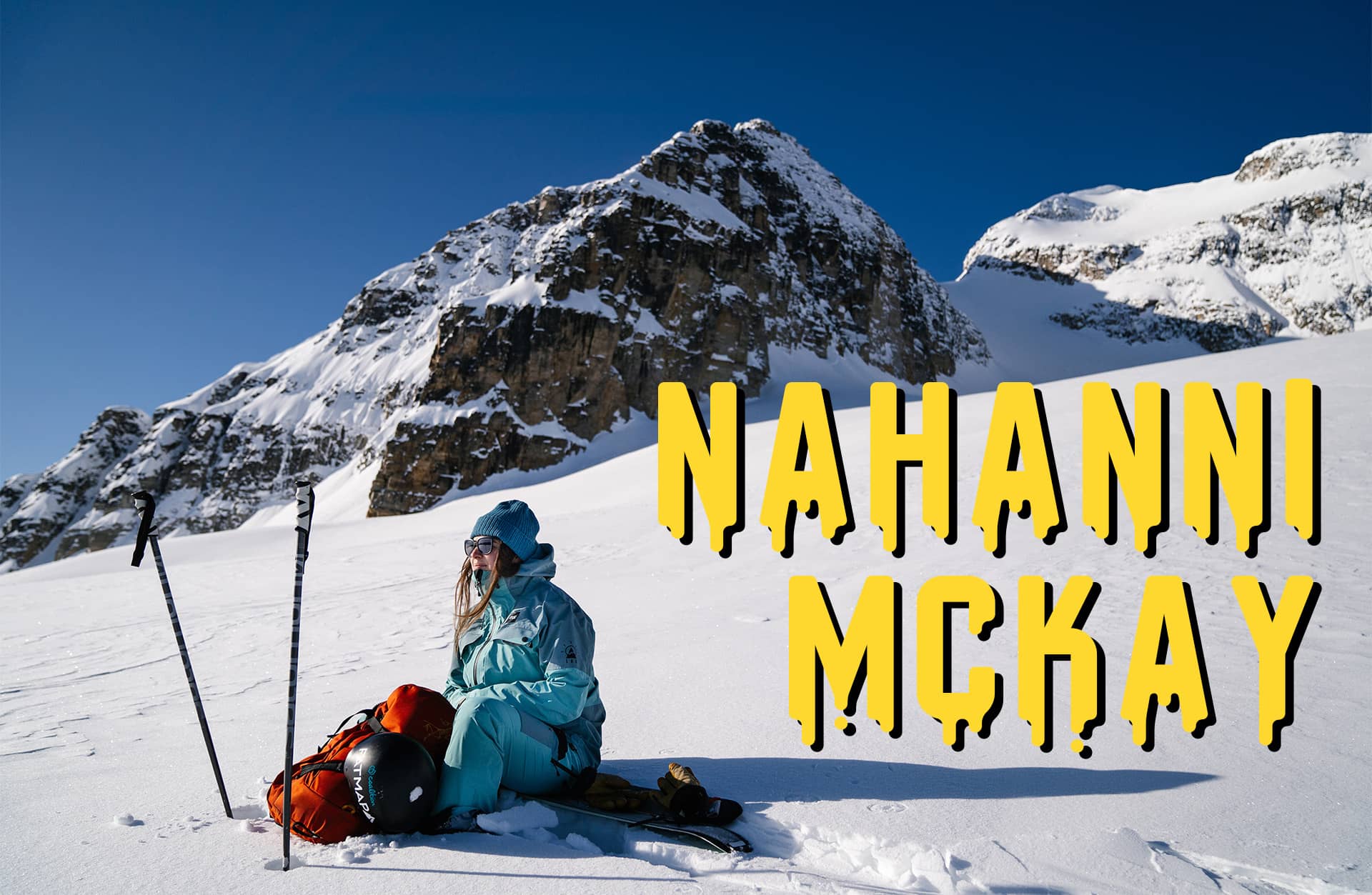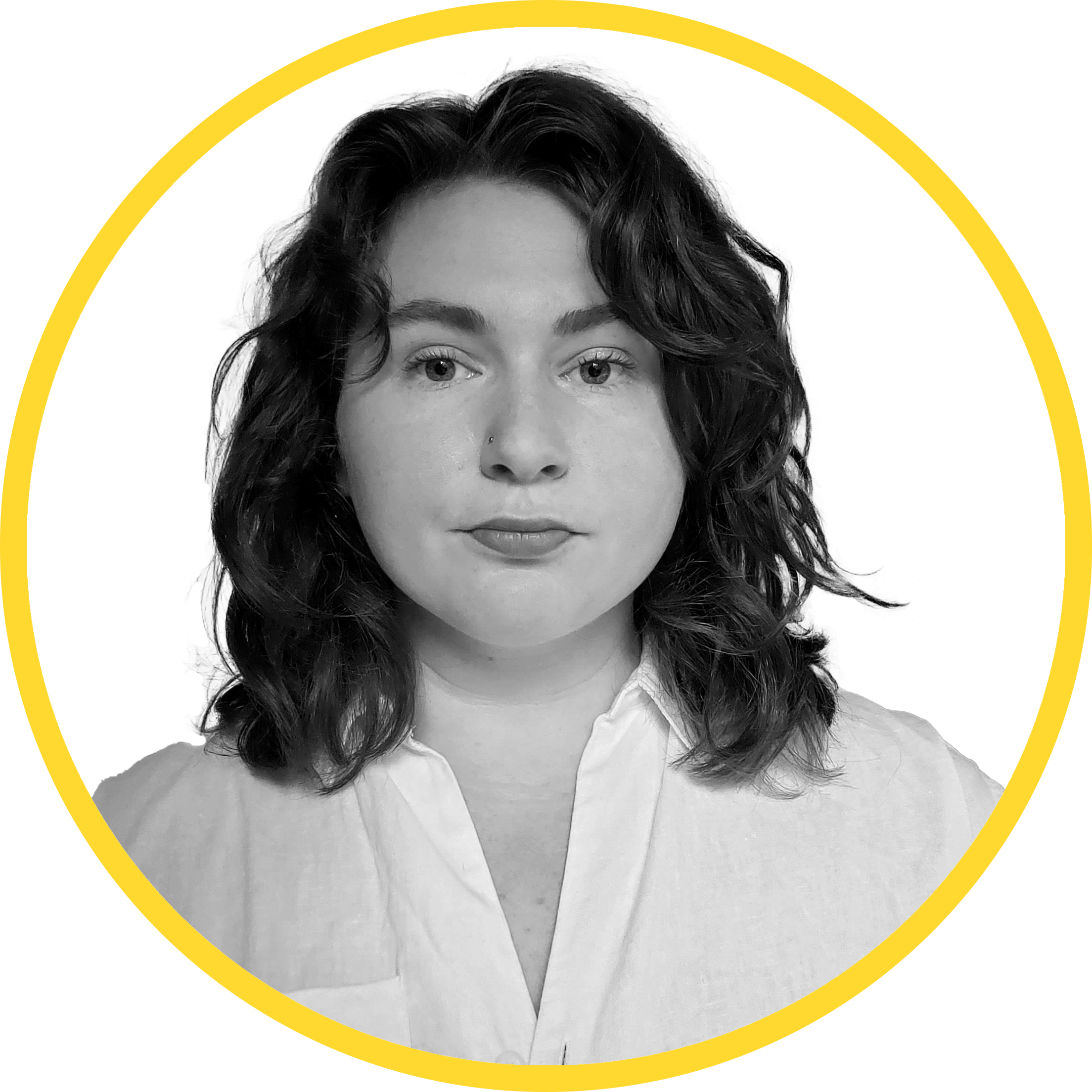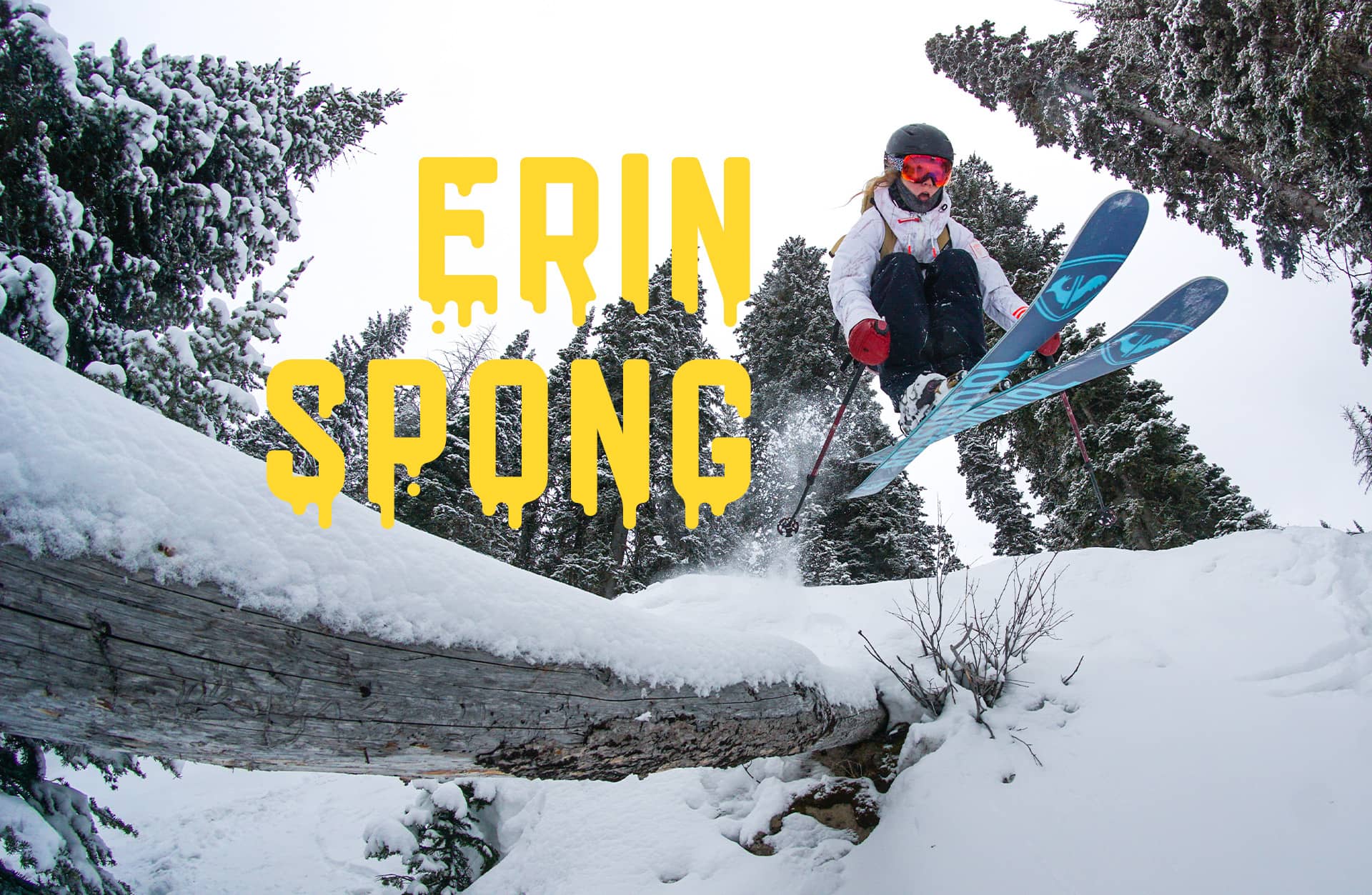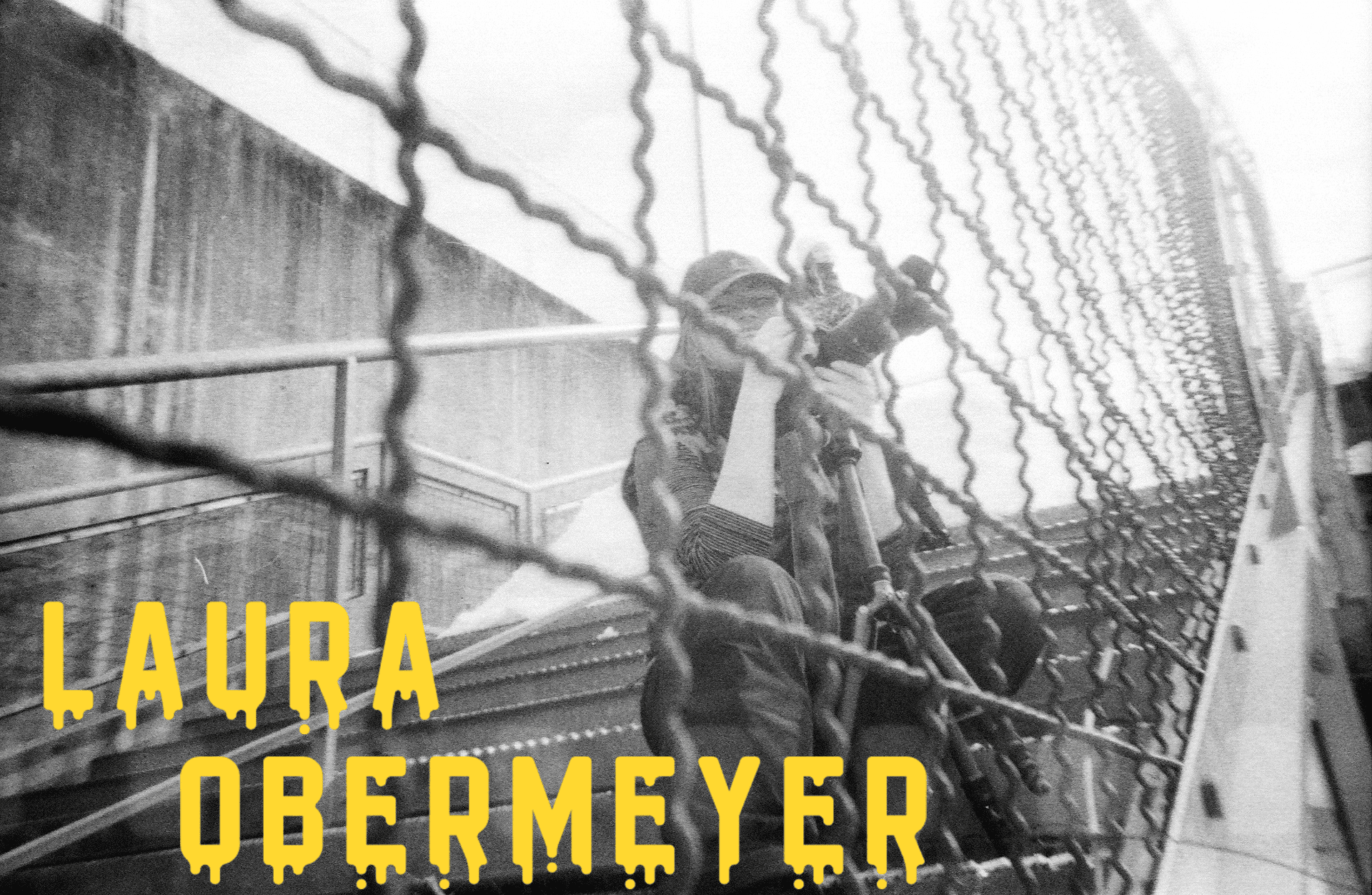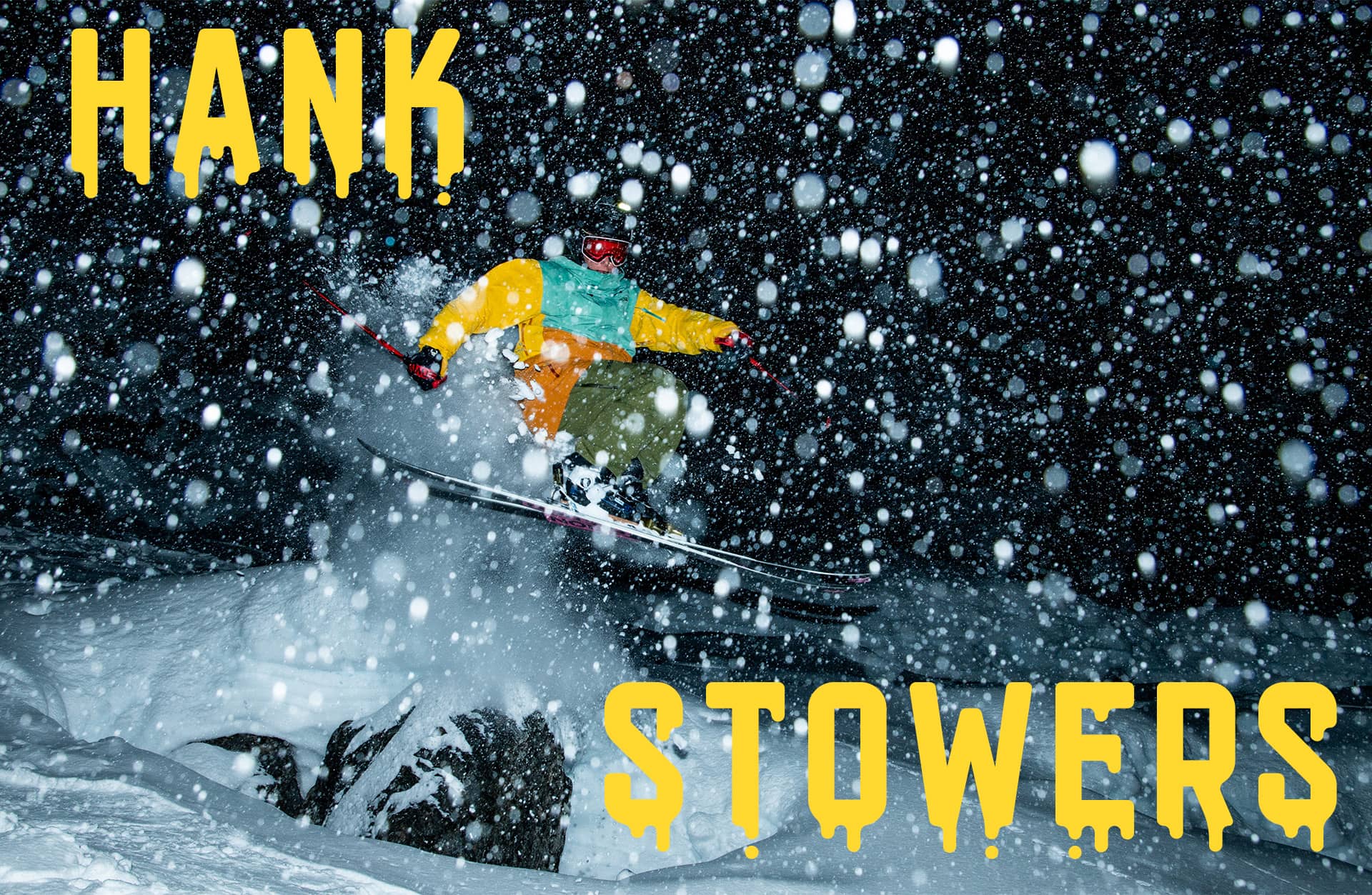SNOW // 01 SEP 2022
COMBATING CULTURAL IGNORANCE IN THE SKI INDUSTRY
Situated in the middle of the titular Banff National Park, the picturesque town of Banff has enraptured travelers for generations. From the bright turquoise glacial waters of Lake Louise, to the siltstone and dolomite peak of Sulphur Mountain, the subsection of Treaty 7, one of 11 land designations to the indigenous people of Canada, is renowned as one of the most beautiful spots in not just Canada, but the world. It receives around 25% of Canada National Park’s total visitors per year.
Cradled by mountains on either side of her childhood home, photographer and Indigenous skier Nahanni McKay can’t remember a time when she didn’t know how to ski. “It was just a thing that we all did growing up here on Treaty 7,” explained McKay. “My parents put me in daycare at Norquay and then went skiing. Then I went into classes and stuff, started backcountry skiing when I was 14, and then I eventually became an instructor when I was 16. It’s just something I’ve always done.”
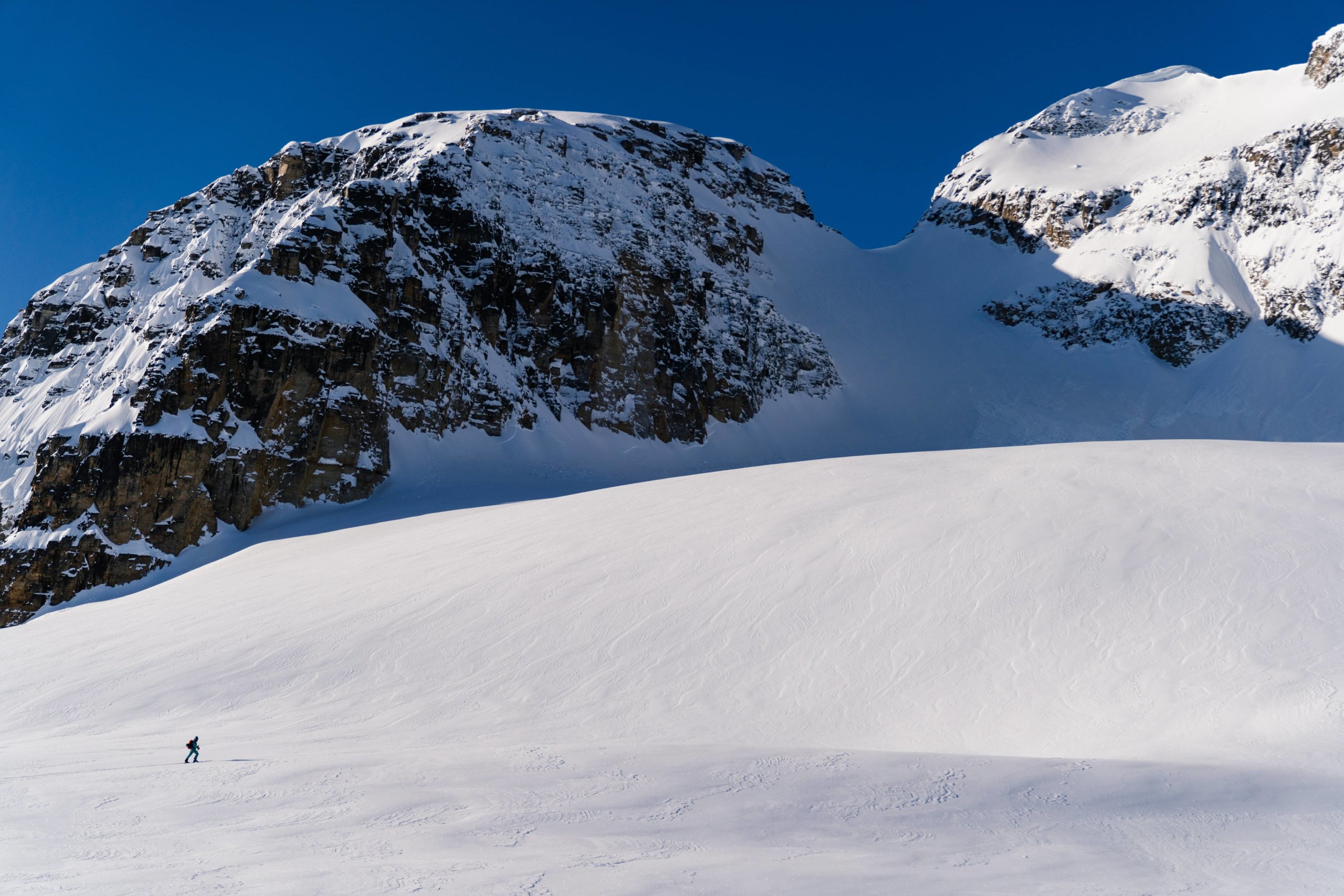
When she wasn’t out romping in the magical wilderness surrounding her, McKay hung out at her “settler” grandpa’s local camera shop, Arcade Camera. “I was more interested in him than photography at that point,” said McKay reflecting back on her childhood. “He was my best friend growing up. He had all these cameras around and [one day] I picked up one, and he [started] teaching me about photography. I pursued it all through high school, bringing a little point and shoot out to the parties.”
On the other side of her family tree, McKay was taught about her Indigenous heritage from an early age by her father. “Growing up with my dad being Métis, he was always doing little stuff,” McKay elaborated. “It wasn’t full-on smudging in the woods or anything, just reading us books and telling us about our grandfather.”
“I didn’t really know what it meant to be Indigenous at that time. I remember [the label] being Native, [then] First Nations, [and then] Aboriginal. Now I’m Indigenous, like, I had to have people tell me what I am,” continued McKay. While her history and culture was emphasized during McKay’s childhood, it would be absurd to expect a kid to fully digest the weight and implications behind their identity. For McKay, the introduction to the politicalization of her identity came when she had to apply for her status card.
“I was playing hockey in Banff and then I was asked to play for Mini Thni, one of the reserves outside town, for the Native Hockey Provincials in Edmonton. I was like, yeah, what do I have to do? But, I couldn’t just play. I had to prove my status. So, that was the first time when I had to ask, ‘am I Native?’” explained McKay. “I had to trace my whole family back to the 1800’s.”
Upon receiving her status card, McKay joined the team. “[Joining the hockey team] was my first introduction to a reserve and people who have been more affected by the government and their implications on First Nations,” said McKay. “It was kind of scary going to hockey practice on the reserve. I realized how white presenting I am, it was kind of wild. But, everyone was great. I made friends, and it was a great introduction into that part [of myself], with friendship, sport, and learning about my Indigenous side through that.”
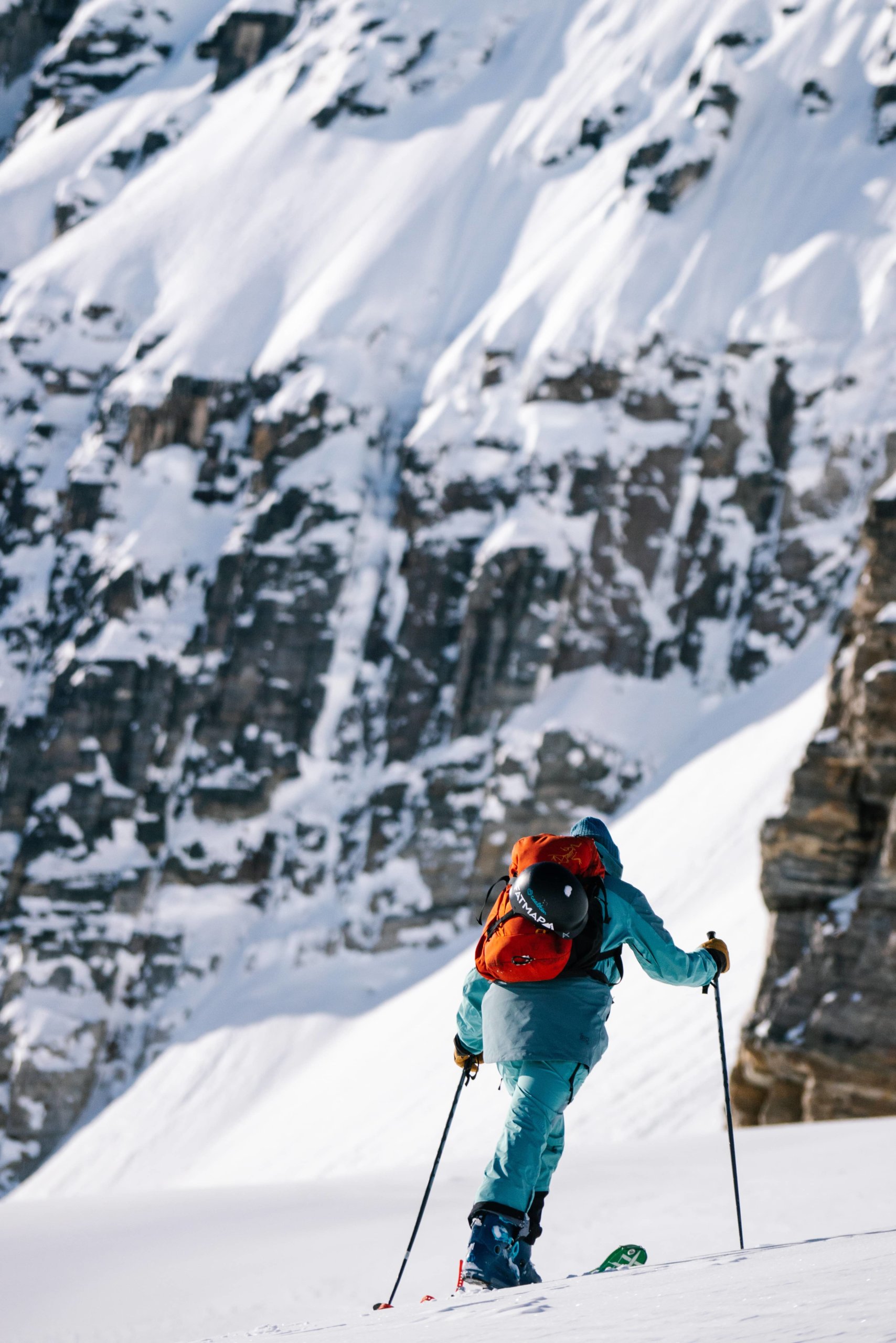
After high school, McKay had her sights set on a degree in video editing at Emily Carr University of Art + Design. However, after many years of taking pictures at parties and exploring photography as a hobby, it took only one photography elective for McKay to switch her degree. “I felt like going to art school was a risk,” explained McKay. “And then I felt like going to art school for something you’re not into is already a risk. So, that’s why I fully dove into photography, and it turned out well.” Alongside her photography classes, McKay took the opportunity to learn more about the history of the Indigenous people of Canada in an academic setting.
During the summer between her junior and senior year of college, McKay took a seasonal job as a campground attendant for Parks Canada at Two Jack Lake. Setting up tents, teaching people how to camp, and educating tourists about local wildlife, she filled the role as best she could. “At one point, I had to do a fire demonstration, but they never asked me if I could make a fire and I can’t. So, [when] I got there, all these people were surrounded by the firepit. I couldn’t figure it out and I was just like, this is the lesson today everyone. Sometimes it starts, sometimes it doesn’t. I got in trouble,” laughed McKay.
As one of the two wildlife corridors in Banff, the campground saw its fair share of wildlife traversing across the mountains. Over the summer a wolf made its way into the campground and got into some camper’s food. The animal became aggressive towards people, the food source. “So,” said McKay. “Instead of shutting down the campground for the summer, they shot the wolf, and it wasn’t a clean shot. It suffered for seven days before it died.”
Transitioning to work at the Banff Center for Arts and Creativity, McKay began processing the traumatic event. Borrowing a wolf pelt from the local trading post, she returned to the campground to perform a ceremony for the wolf at the loop where it passed. “I smudged [the pelt]. My mom came. Her boyfriend came. Her best friend came. It was very cute, and we all did a little prayer for the wolf.”
After the ceremony, McKay received permission to photograph the pelt around the campground. In one particularly compelling image, McKay laid the pelt out atop the frozen lake, capturing the mountains behind. This award winning photo is now known as Loop 14.
Serving as a catalyst, Loop 14 drove McKay to re-examine the impact of Parks Canada and other societal structures on the environment both in her personal life and in her art. “I’m really happy that it did well,” she said, reflecting on the success of Loop 14. “Because it’s getting out there and it’s [forcing people to ask], what is Parks Canada? Is it catered to tourism or is it really conservation? Even if it is conservation, is it good conservation?”
Returning to Banff post-graduation, McKay’s relationship to her hometown changed. She saw everything from Parks Canada to skiing in a different light. “I started listening to the land more with my advanced education in Indigenous land from university,” explained McKay. “That’s what made my connection to this place more spiritual and then [skiing] wasn’t just a sport to me anymore. It was a way to feel my Indigenous [connection] to my hometown.”
Though skiing had become a deeper and more personal experience in many ways in this new light, it also revealed shadows that were previously unseen by McKay, namely ski culture. With a mountain guide as a father, McKay had grown up immersed in old-school outdoor mentalities of proving one’s worth through conquest. This idea of establishing aptitude by pushing the extremities of extremeness still prevails in modern ski culture.
“[Skiers] take these insane helicopters to the most pristine places on Earth, and they have sleds that go to really sacred places and on glaciers,” said McKay. “The ski industry is super problematic because the people in the industry are problematic in themselves. They fetishize Indigenous culture, they really do. [They’ll say], listen to the mountains, listen to the land and it’s like, you’re on top of a mountain in a helicopter.”
The issue with this fetishization is not the appreciation of nature and the desire to feel connected to the environment, it is the severe lack of accountability and follow through. It is easy to cherry-pick parts of a culture that reinforce one’s persona. It is not so easy to surrender one’s ego, accept fault, and move forward with mindfulness and a sense of responsibility.
Interwoven into ski culture, the process of untangling Indigenous appropriation is a multifaceted issue. McKay has started her efforts in an area she feels the most comfortable speaking on, art. “Art is so involved in skiing as well, like top sheets. There’s so much cultural appropriation on top sheets in the industry still,” explained McKay.
Top sheets are a clear sheet, typically made of plastic, that contains the artwork of a ski and it is the top layer of a ski. This artwork is a way for skiers to express their individuality on the mountain in a fun and creative way.
In February 2022, a series of skis were released by Folsom under the category “Cultural”. Red flag number one. These designs included Powder Tower, a Northwest Coast style totem pole piece, Hudson Bay Blanket, an item used by modern Indigenous artists to symbolize the purposeful spread of small-pox by colonizers, and Arrowhead, which presented a skeletal presumed Indigenous character, based on the tribal headpiece, holding a spear and looking out upon a landscape with a bison. This is just a few of the tasteless designs.
Giving the company the benefit of the doubt, McKay reached out via Instagram comments to inquire if the artwork was created by an Indigenous artist. She was contacted by the company through direct messages, asking McKay to contact them by email instead of denigrating their brand online. McKay deleted her comments and presented her question again over email. The response was defensive and self-victimizing.
After a volley of communications, Folsom blocked McKay on Instagram, but also removed the graphics from their site. It was at this point McKay decided to share her experience with the company publicly.
Cries of cancel culture circulated around ski forums. Does this mean that people outside of the Indigenous community aren’t allowed to consume or take inspiration from Indigenous art? The short answer: no. McKay elaborated on the difference between appreciation and appropriation as such:
“Appropriation: a non-Indigenous artist makes an artwork (in this case a ski graphic) that uses images, ideas, knowledge, and symbols from an Indigenous community. These are sacred symbols that have been used for centuries by their ancestors. This is problematic because you are profiting off someone else’s culture.”
“Appreciation: A non-Indigenous client or ski manufacturer is looking for a certain artwork for their skis and reaches out to an Indigenous artist to make the graphic for them. The artist, who creates with inspiration and knowledge from their cultural background, then works in collaboration with the client. The client gives the artist credit and compensation. This is called being an ally.”
As an outsider to a culture, one will always be somewhat ignorant to it. This ignorance is found in the difference between reading about residential schools and having a family member who attended, or being able to state your heritage without having to prove it to the government. So, it is the responsibility of the outsider to become a listener and respect the boundaries set by a culture’s in-group. Mistakes will always be made, but it is the lessons learnt that are key.
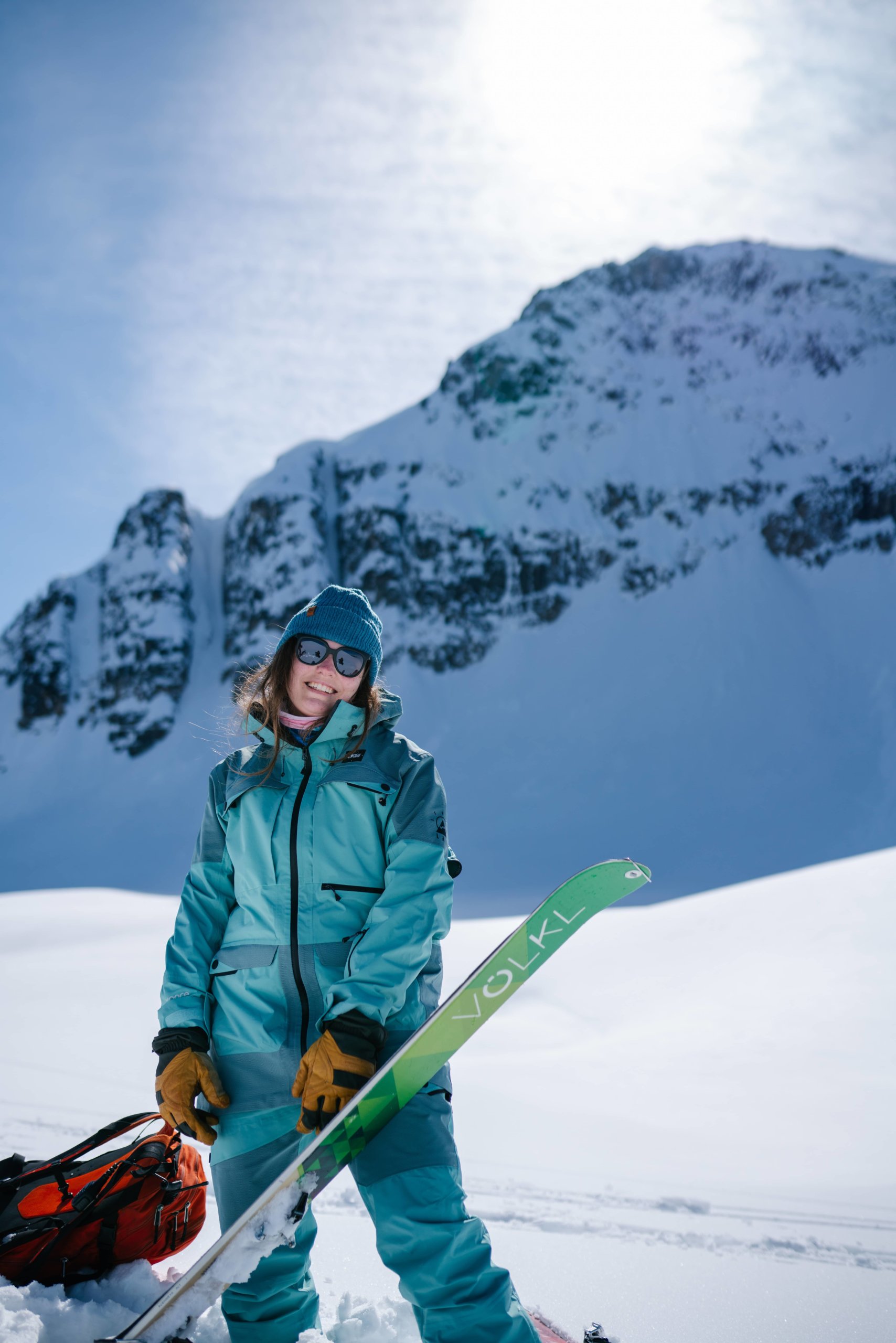
“I’m just so angry all the time,” laughed McKay. “That’s why I’m targeting the [ski] industry. But, I think that’s why I make art too.”
Continuing her critique on current systems in outdoor recreation, McKay showed her most recent work, Hole 8, by invitation at the Venice Biennale. This international exhibition is the oldest of its kind and one of the most important visual arts exhibitions in the world.
Earning the Governor General Award of Alberta for Emerging Art, it is clear that McKay’s message of coexistence resonates with people across the world. “I love Banff,” said McKay. “I love living here. I love the mountains. I love my friends. I’m very privileged to grow up in this space. My family from my mom’s side is quite well off. I’m not hiding that because your family can’t be from here unless you are, [but being able to use] my privilege and my Indigenous side to bring awareness, it’s really great.”
It is at this point that the considerate outdoors enthusiast may be asking themselves, ‘well shit, what the hell am I supposed to do?’ As McKay states, “What I do is whenever I am skiing, I look where I am. I try to find the original name of where I am. I just find it interesting to have that. I think that it’s amazing to have this connection to the mountains. Even people from Calgary, they have a connection too. It’s not just us. Being mindful is the first step.” So go ahead and look up the Indigenous name of your favorite spot. Learn the history and appreciate who’s land you’re on. Then it’s time to ask yourself: what can you do next?
